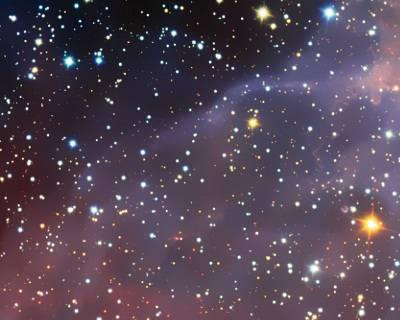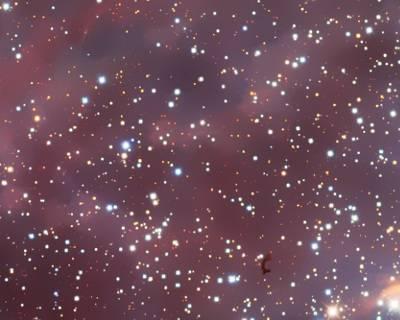| title | Haiyao Bencao |
| or | Materia Medica of Overseas Medicinals |
Herbal Compendium, 6 volumes, written by Li Xun (Derun) of the Former Shu during the Five Dynasties period, circa early 10th century. The work cites data on maritime medicines (foreign and southern drugs) from over 50 sources, documenting their morphology, authenticity, quality, properties, therapeutic uses, prescriptions, preparation methods, contraindications, and incompatibilities. It covers more than 40 production regions, predominantly in Lingnan and overseas. Extant fragments record 124 medicinal substances, including 16 newly added entries.
With the expansion of Tang territory and flourishing foreign trade, large quantities of medicines from Persia, India, and Southeast Asia were imported. Li Xun, whose family traded in aromatic drugs and traced their ancestry to Persia, compiled this work to systematically organize knowledge of foreign medicines. Most substances recorded were introduced from overseas or transplanted in southern China, with particular emphasis on aromatics, supplementing gaps in traditional herbal compendia.
The text offers novel insights into medicinal properties and applications while correcting earlier errors. For instance, regarding the herb *caoxi*, Chen Cang-qi claimed it "boiled and taken resolves all toxins," whereas Li Xun specified that "grinding and burning it for administration revives even those near death from poisoning." For rosemary, Chen Cang-qi described it as "warm in nature and non-toxic," but Li Xun clarified it as "neutral, not warm." Additionally, the work newly elucidated drug incompatibilities and synergies?such as psoralea?s aversion to licorice or corydalis? synergy with sparganium and rhubarb?exerting profound influence on later herbal studies.
As China's first specialized monograph on maritime medicines, this work synthesizes southern and foreign drugs of the late Tang and Five Dynasties, recording numerous varieties absent in the Tang Bencao, thus holding unique academic value. The original text is lost, but surviving fragments are primarily preserved in the Zhenglei Bencao. A reconstructed edition by Shang Zhijun (1983) provides detailed annotations.





